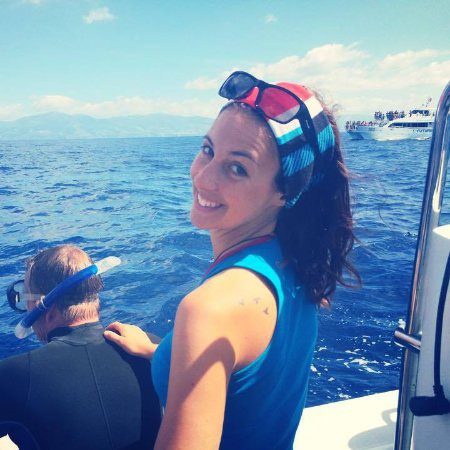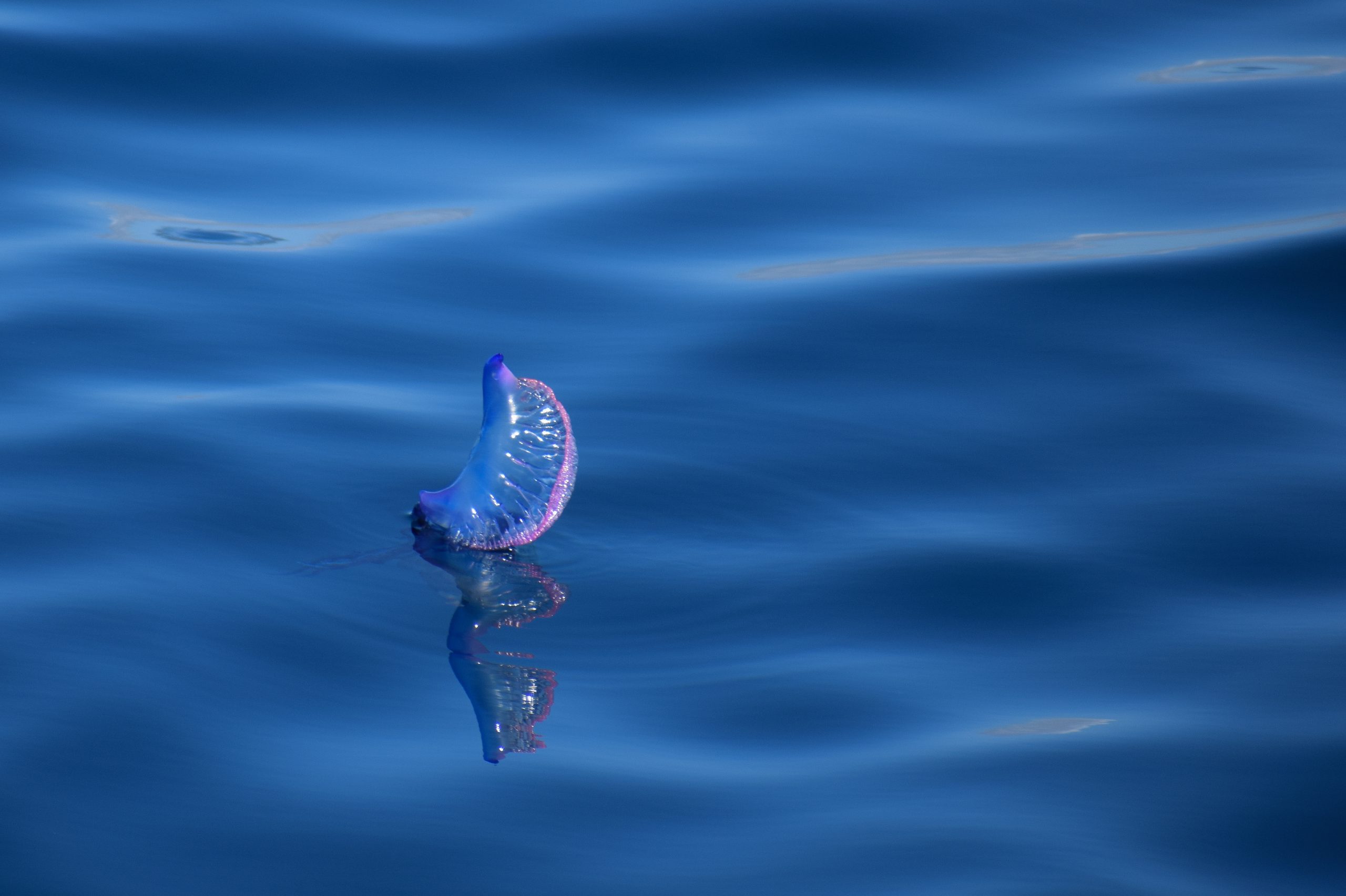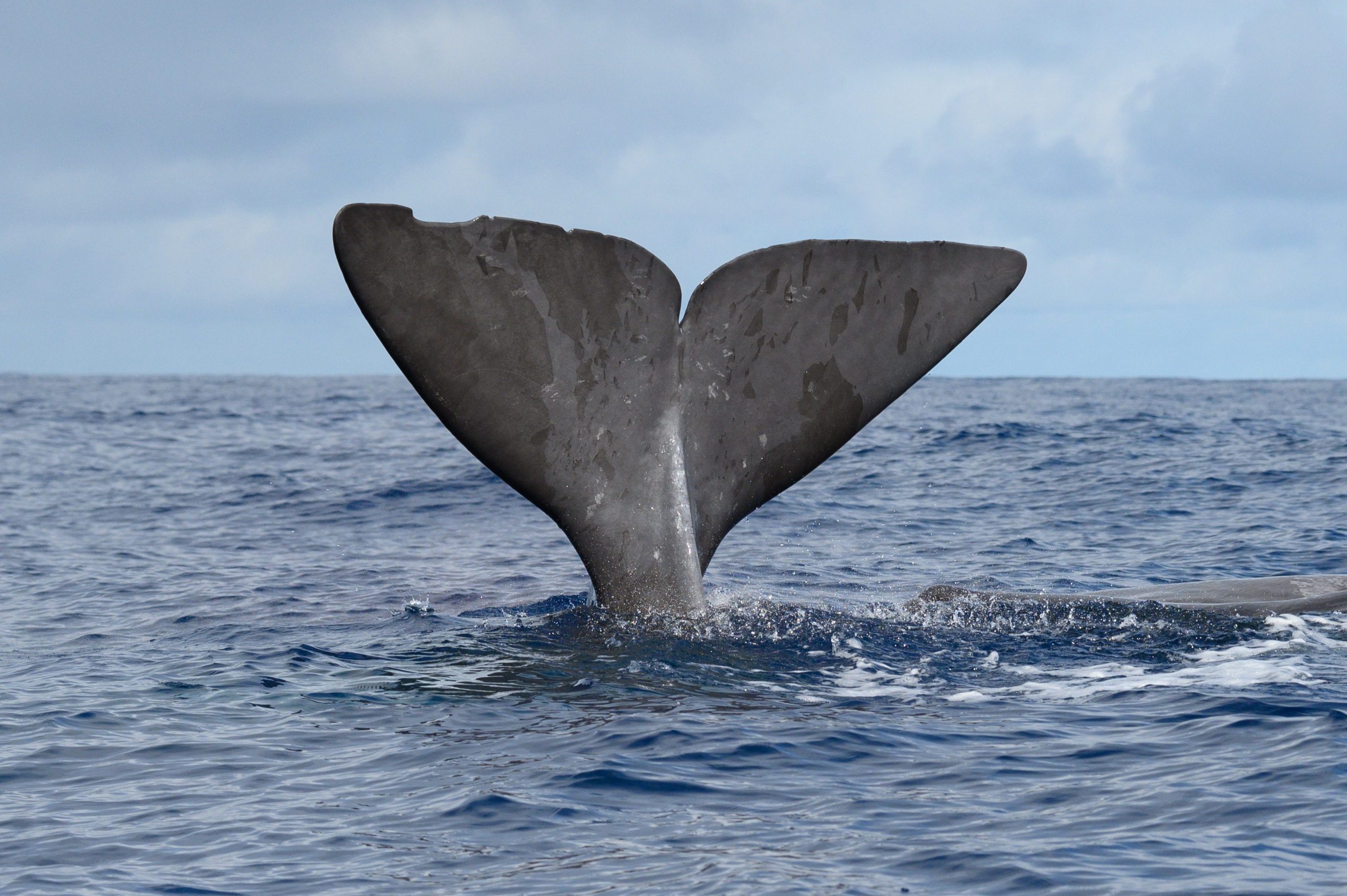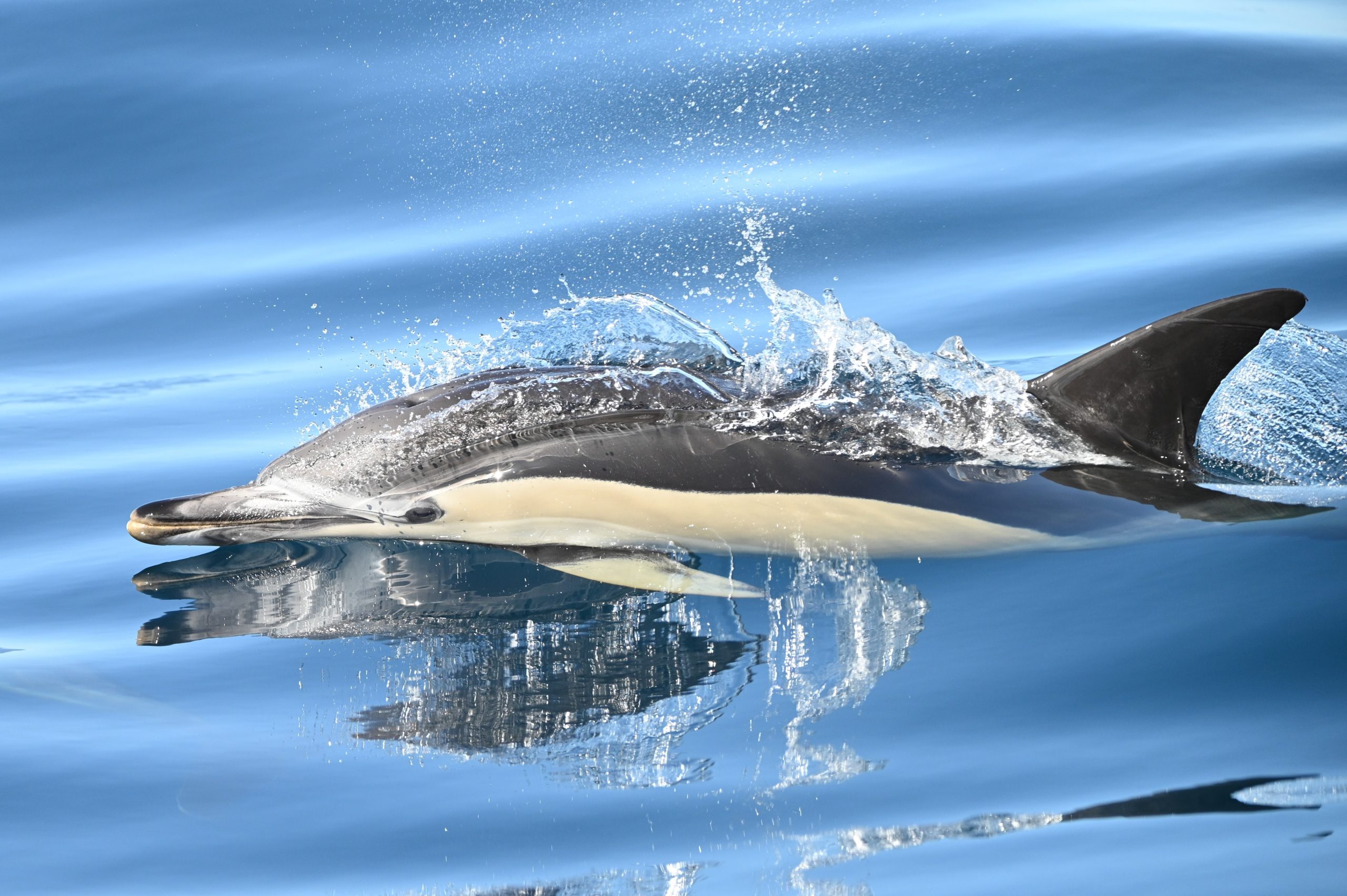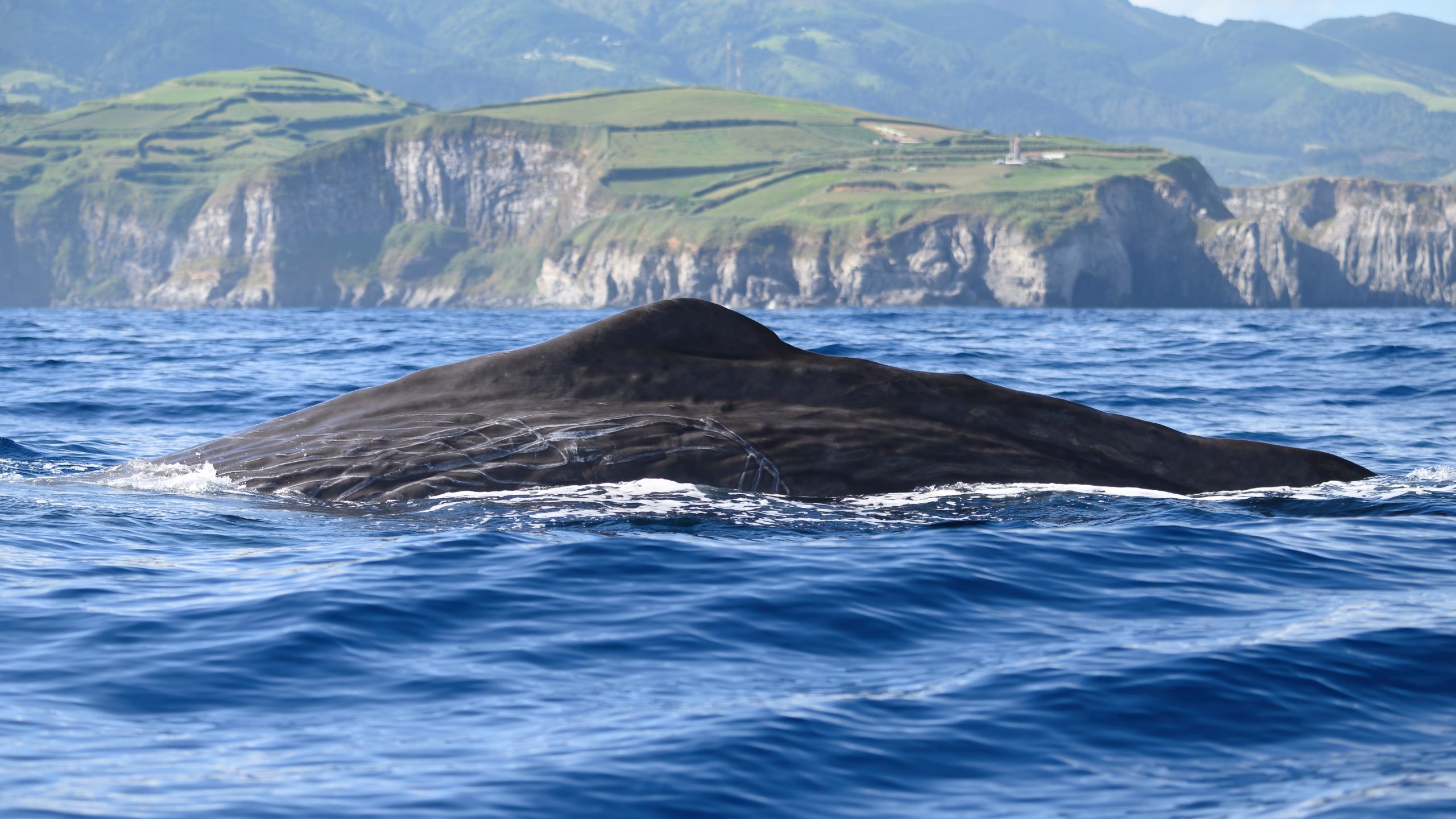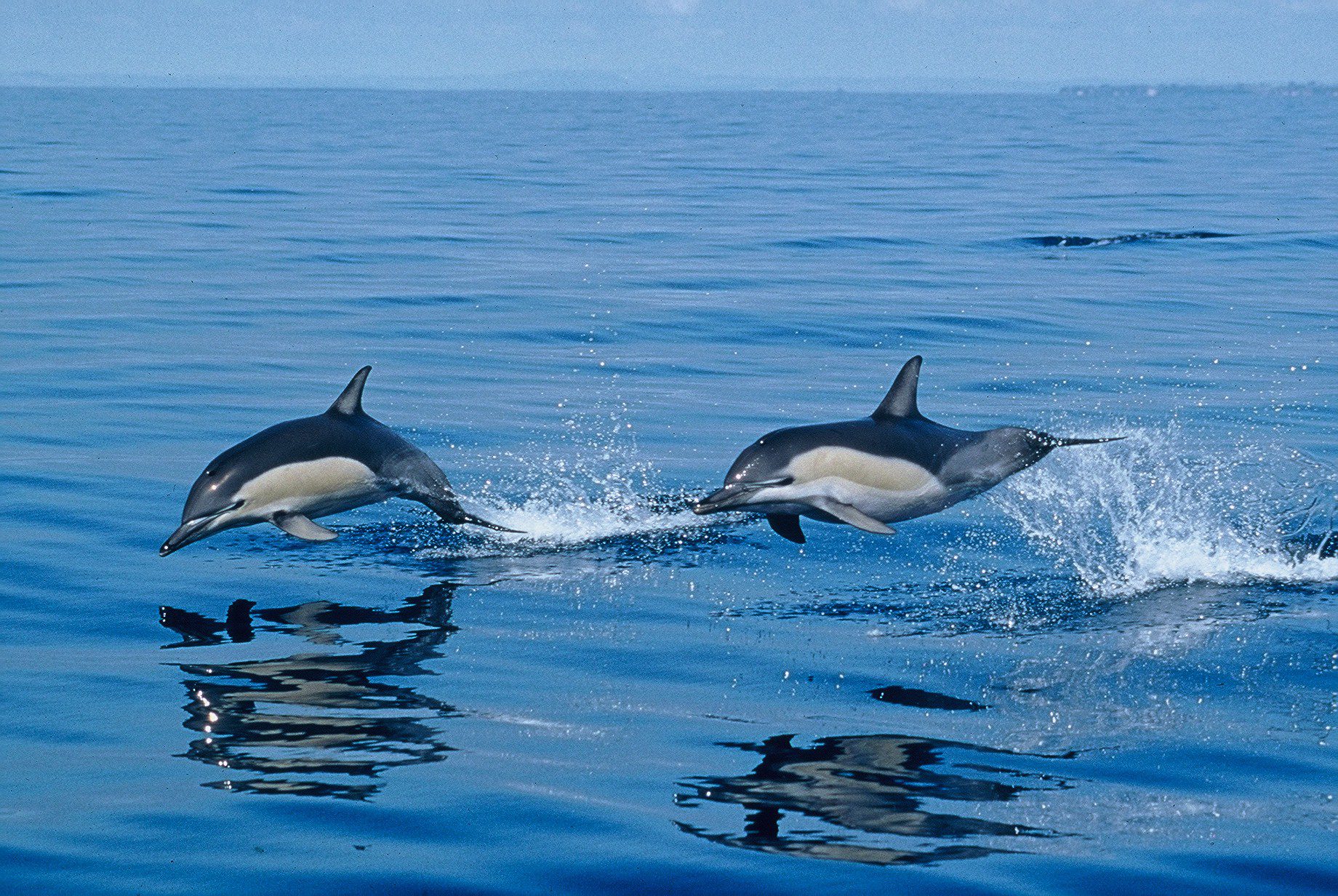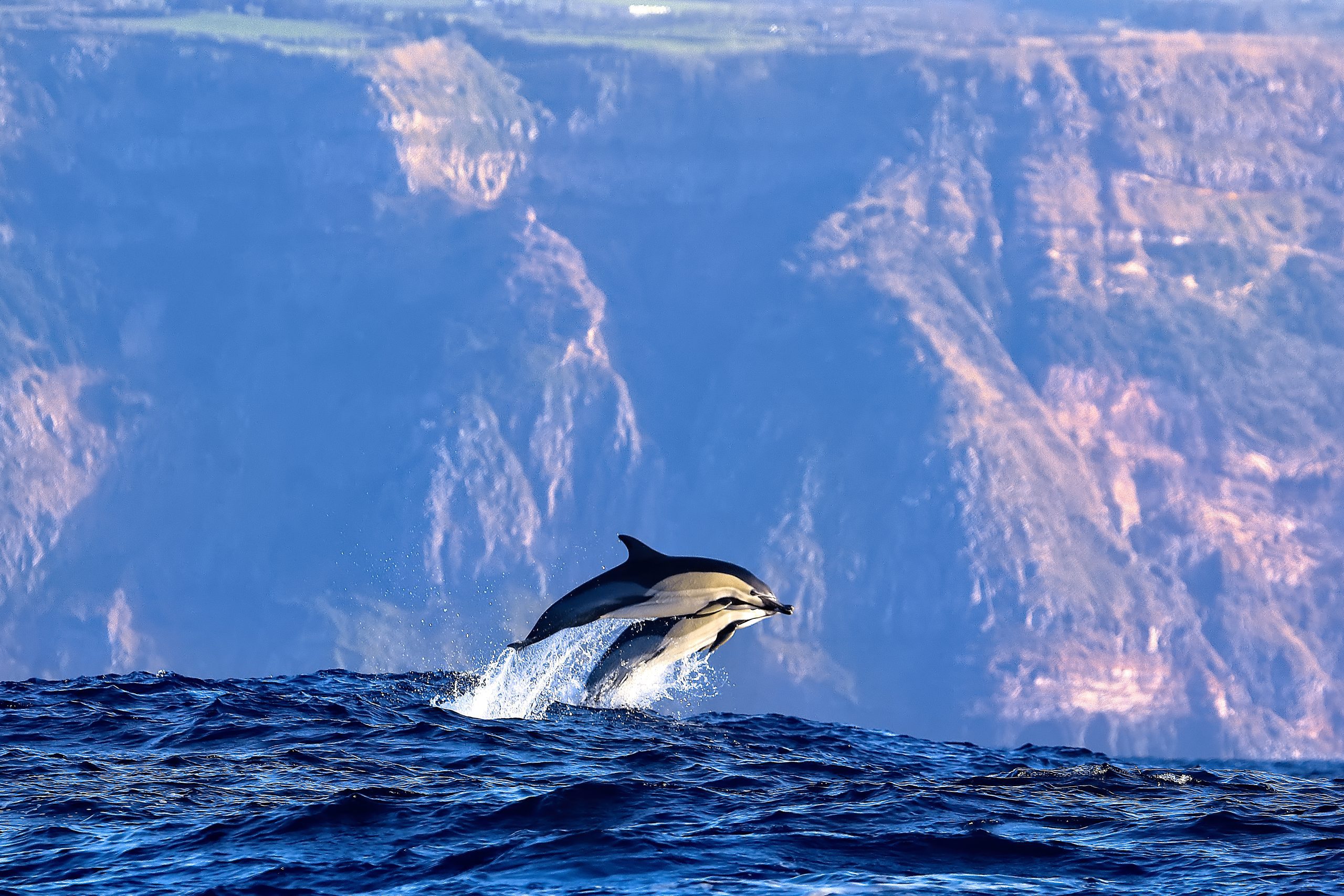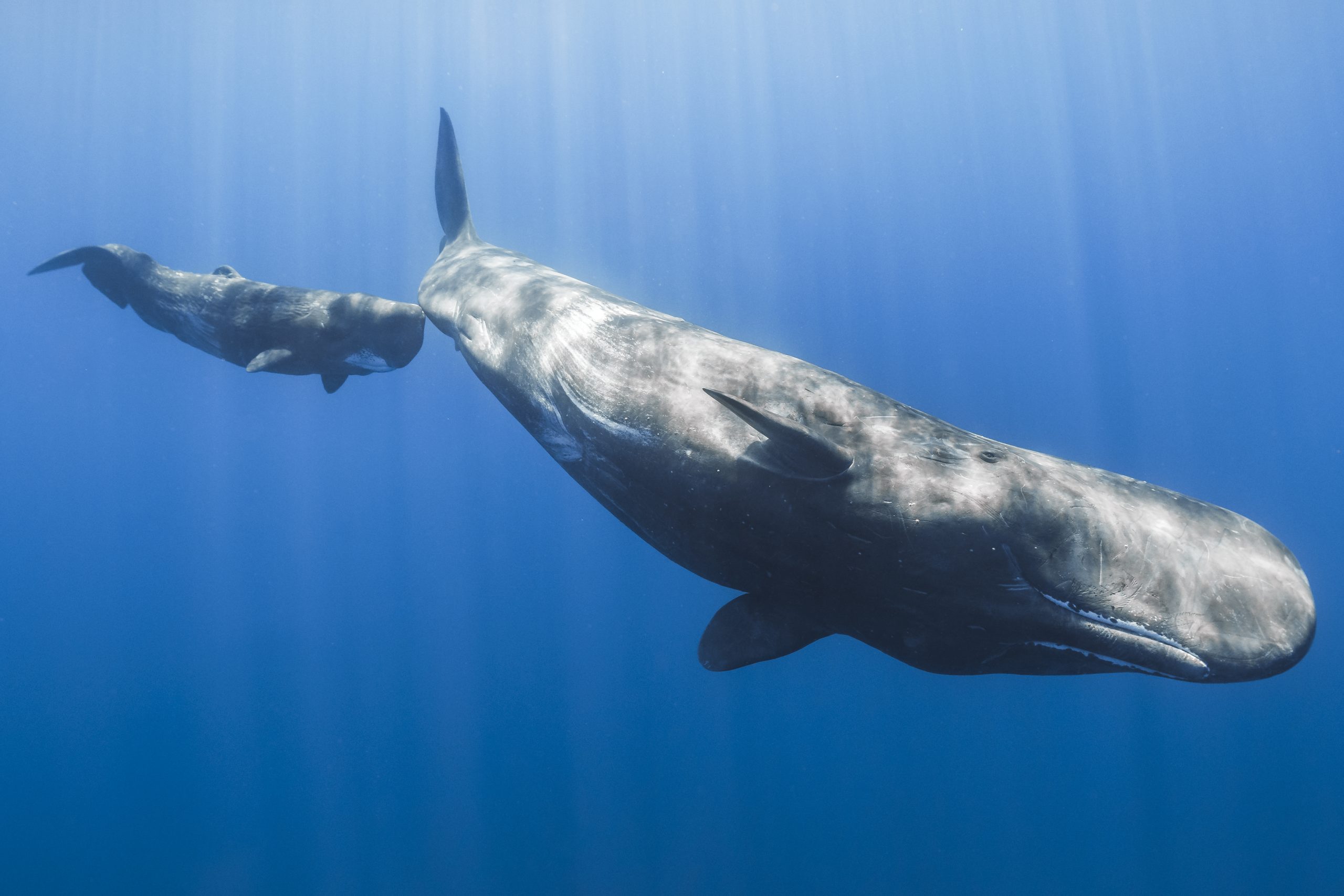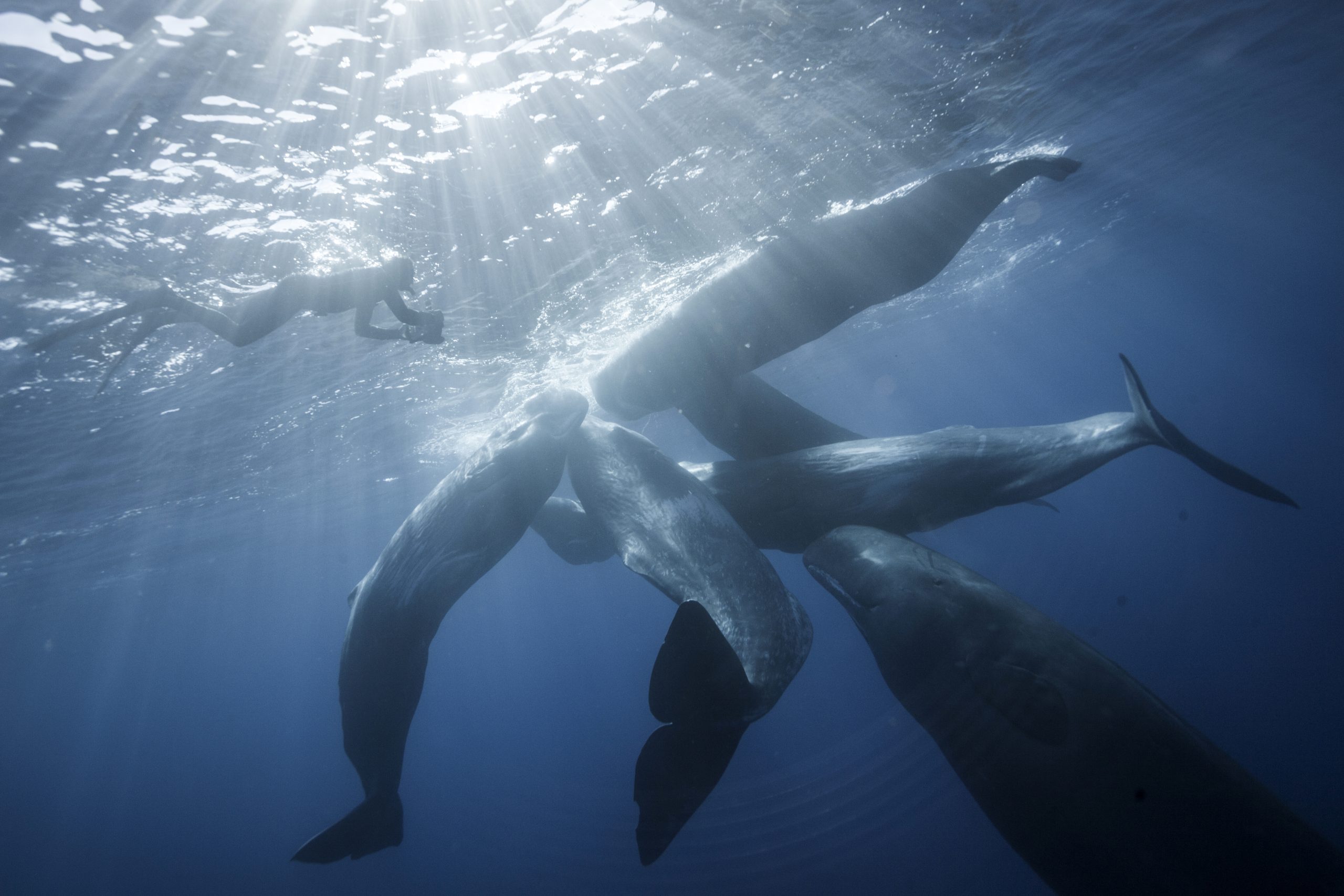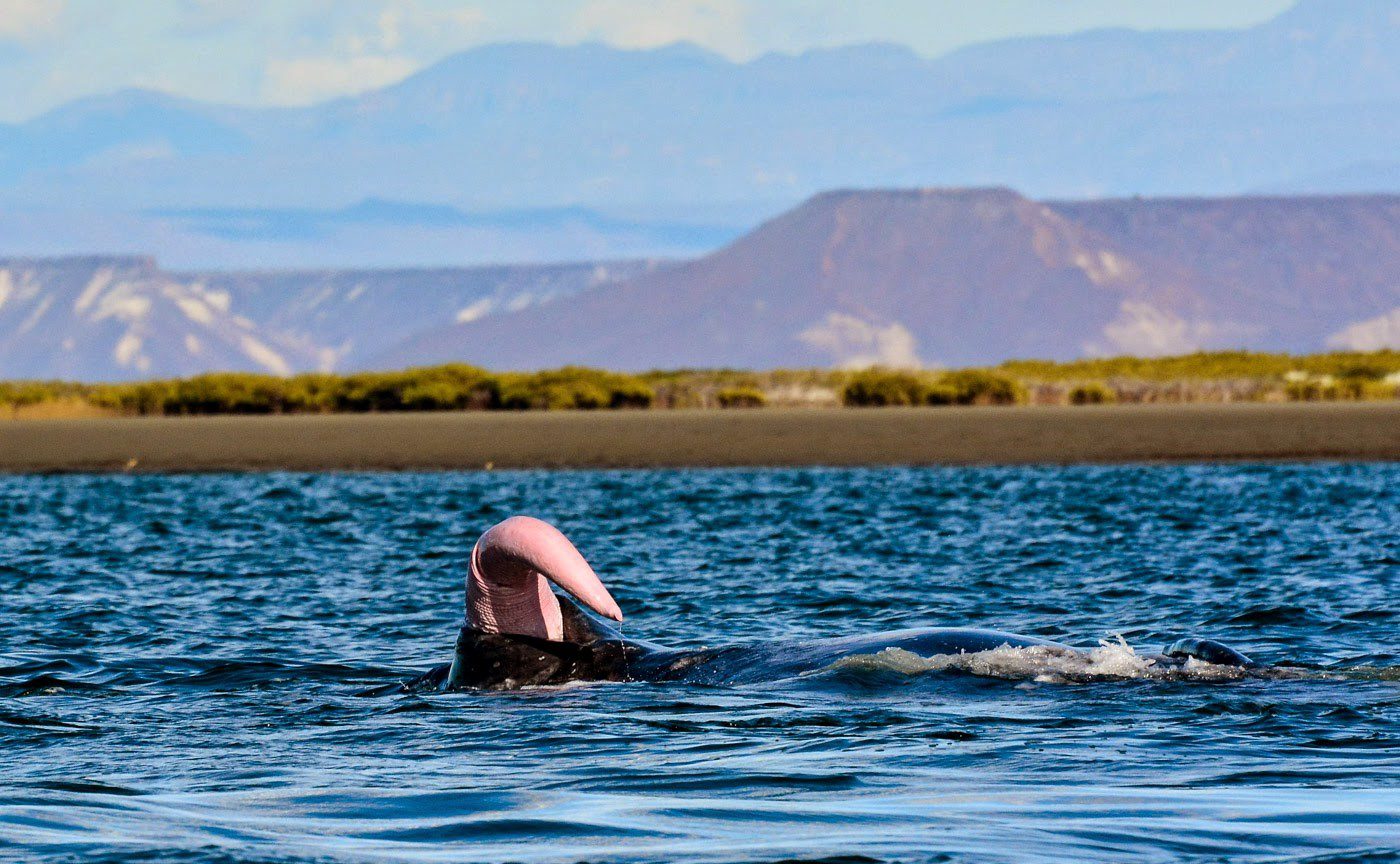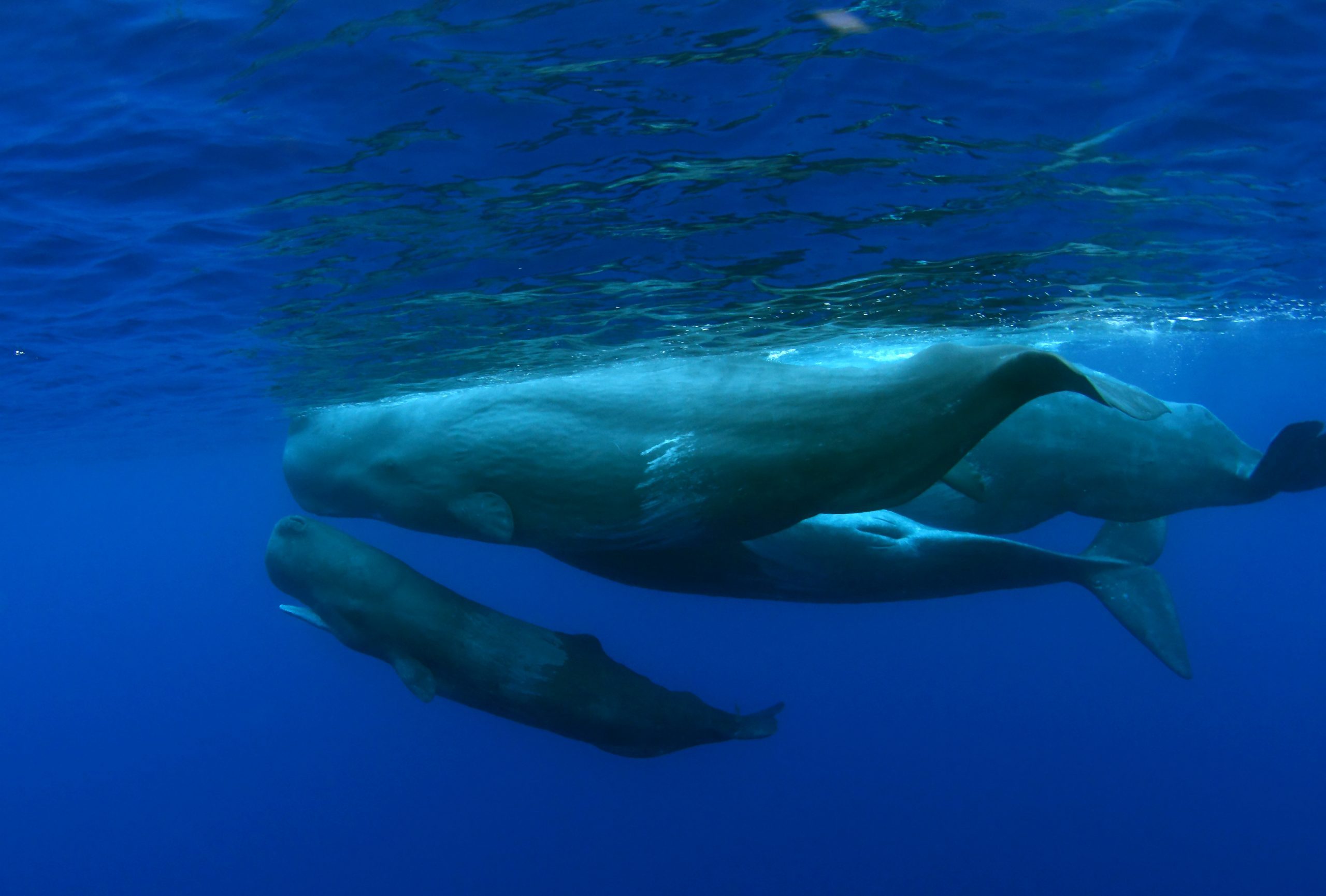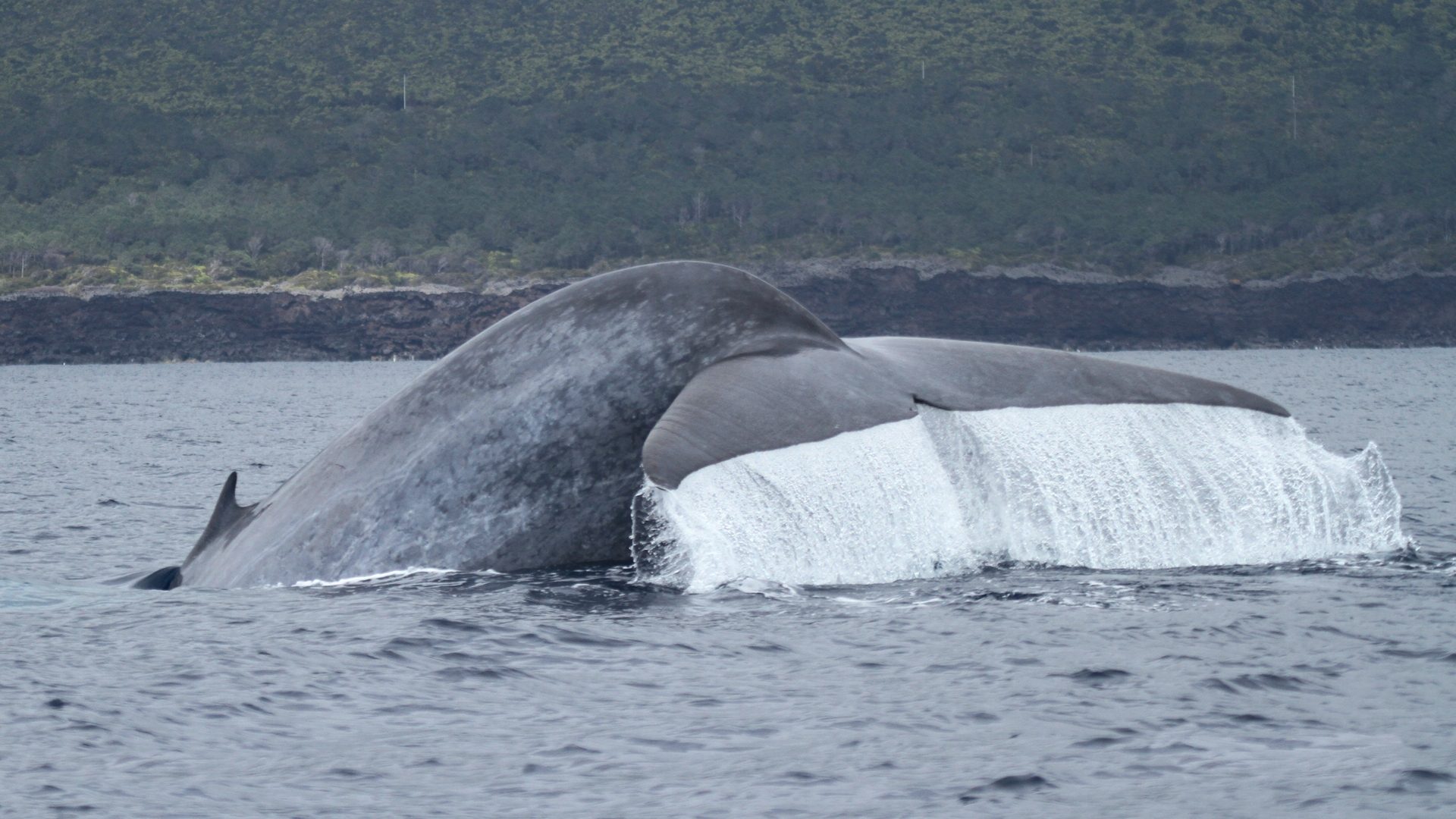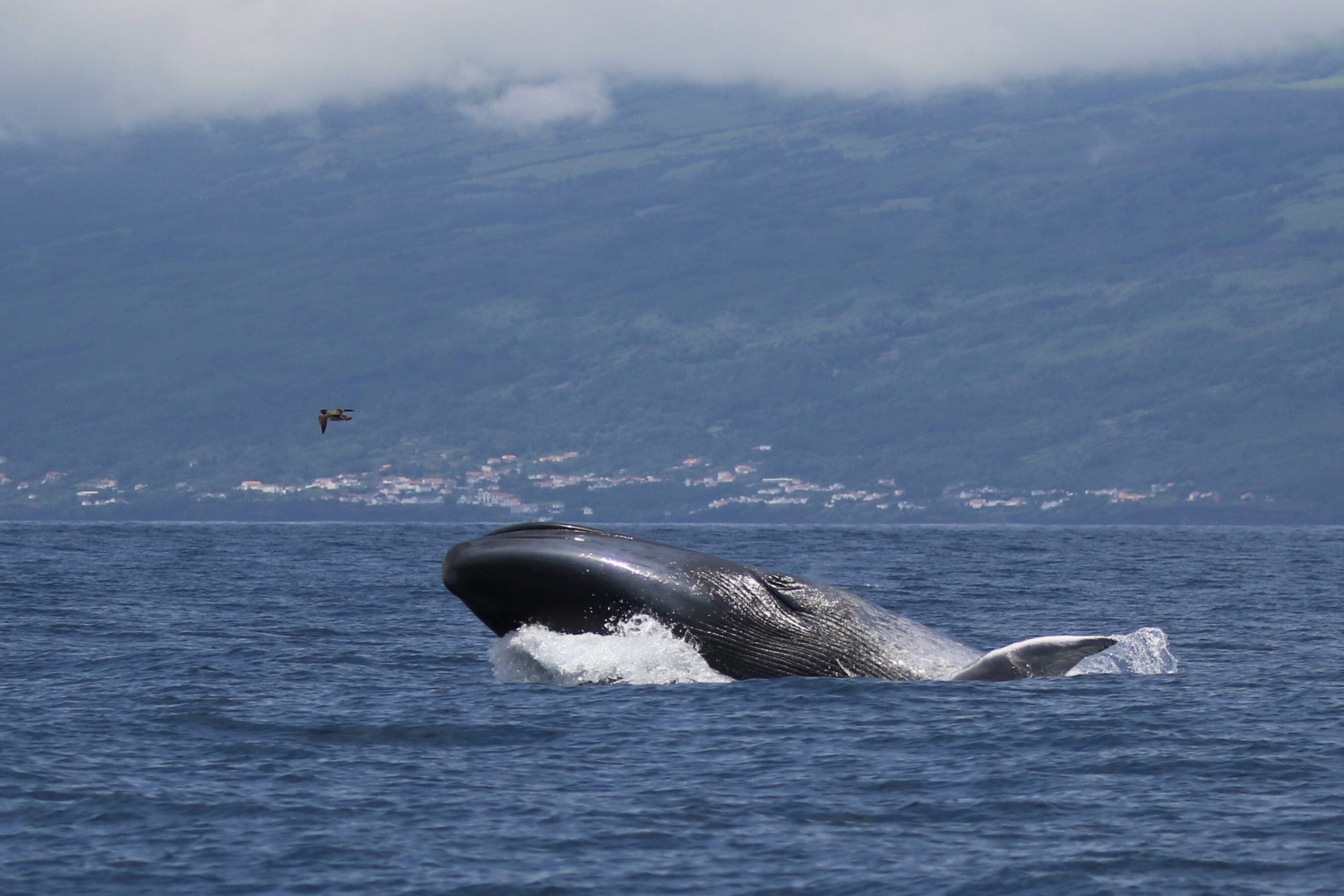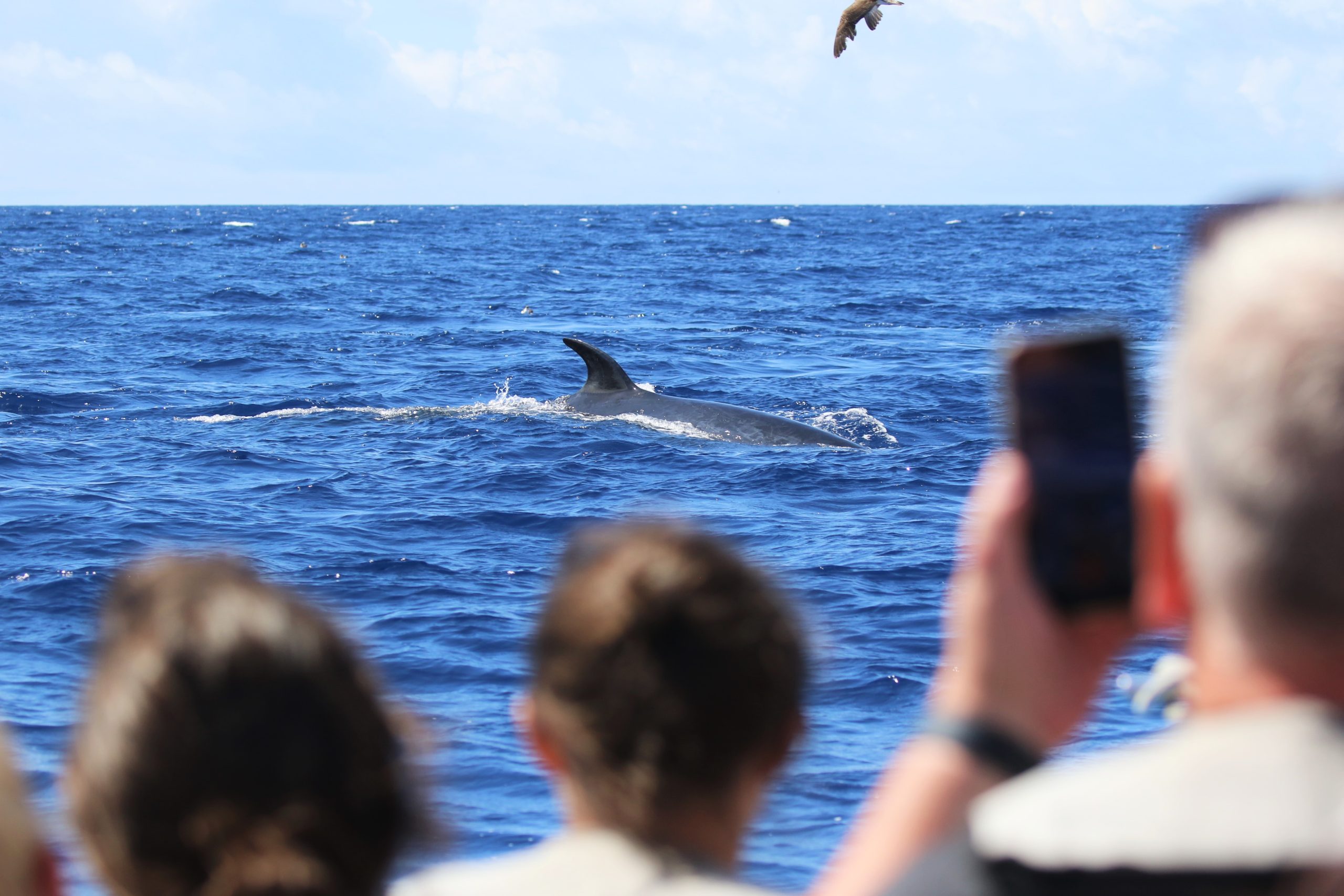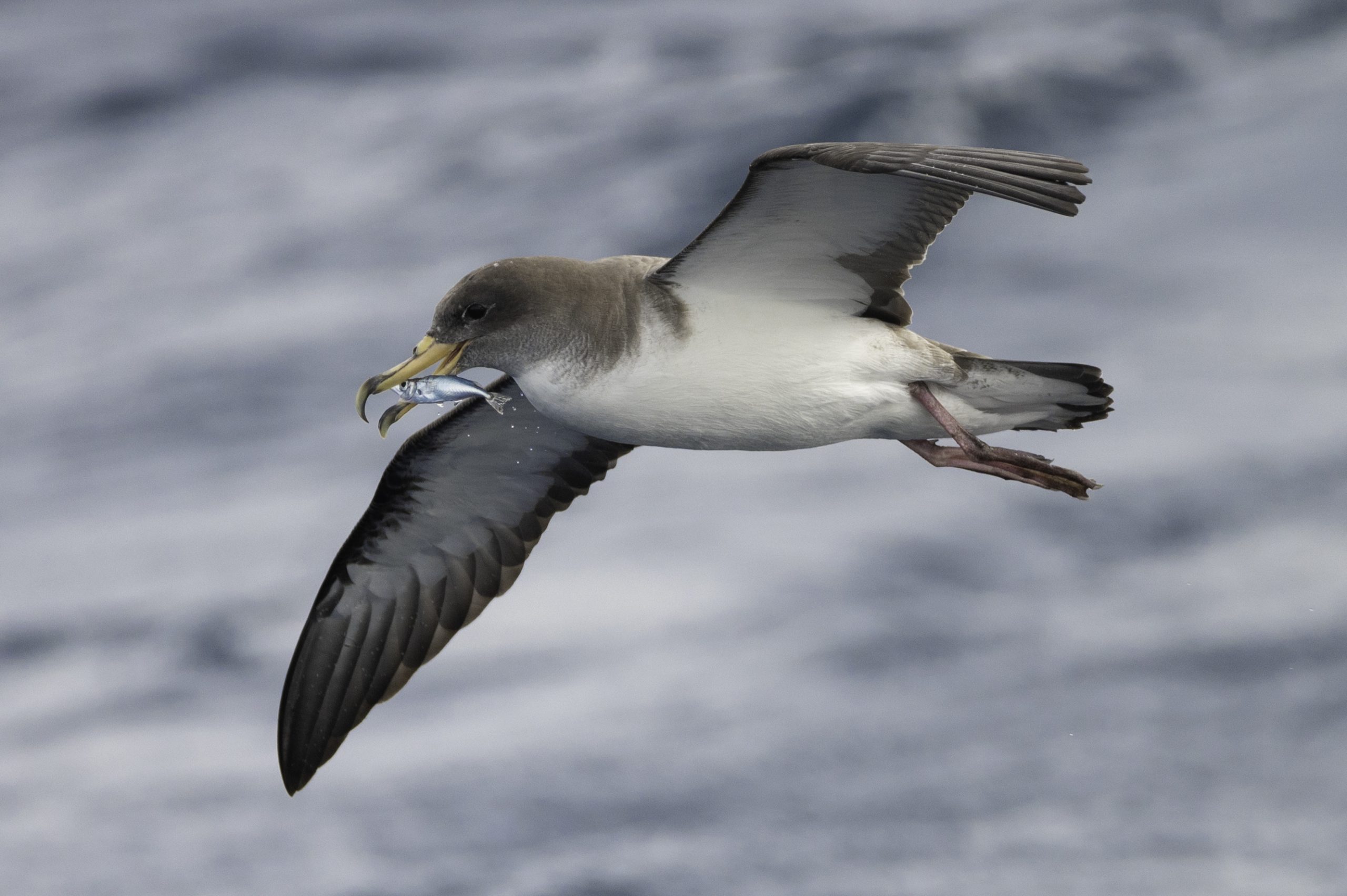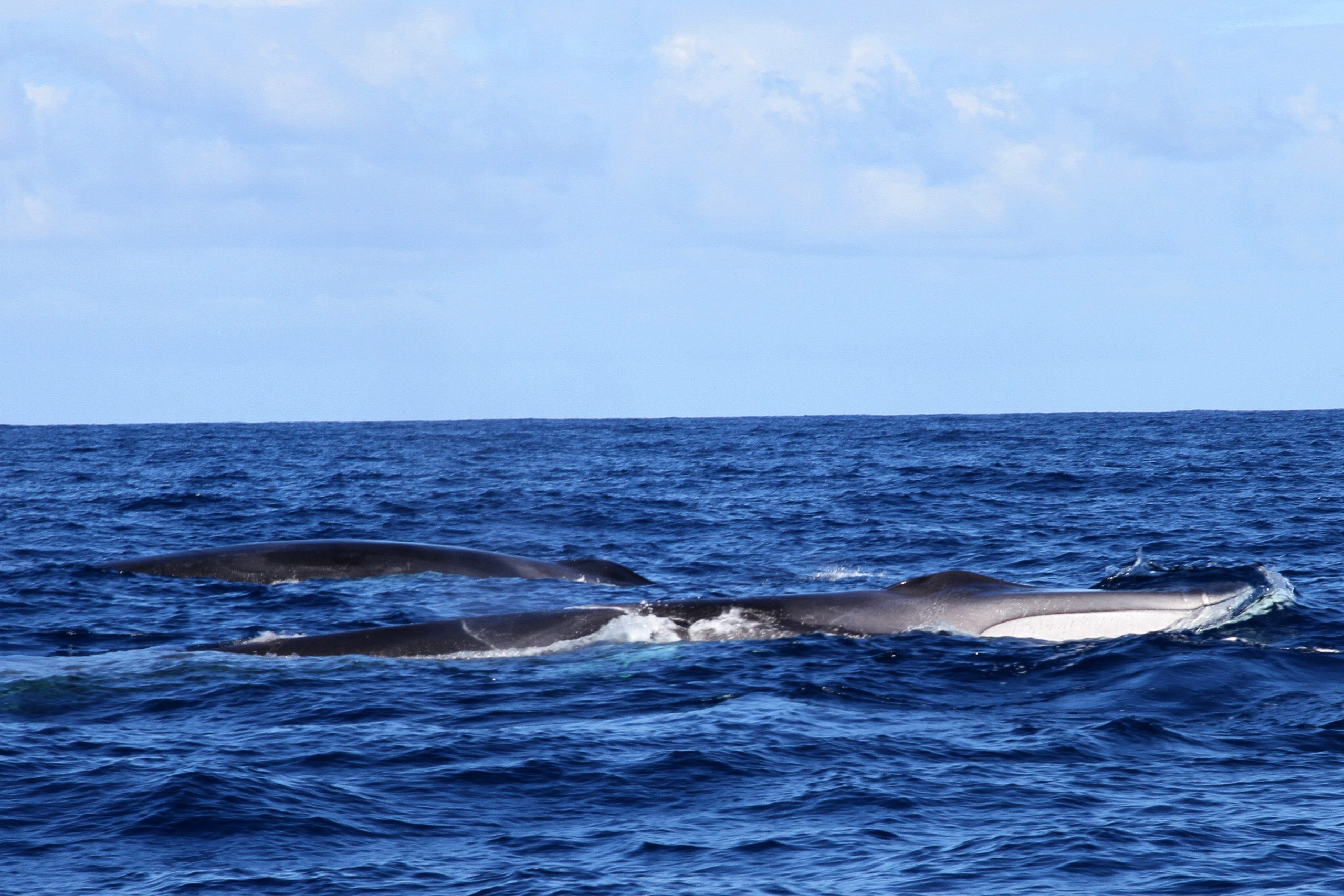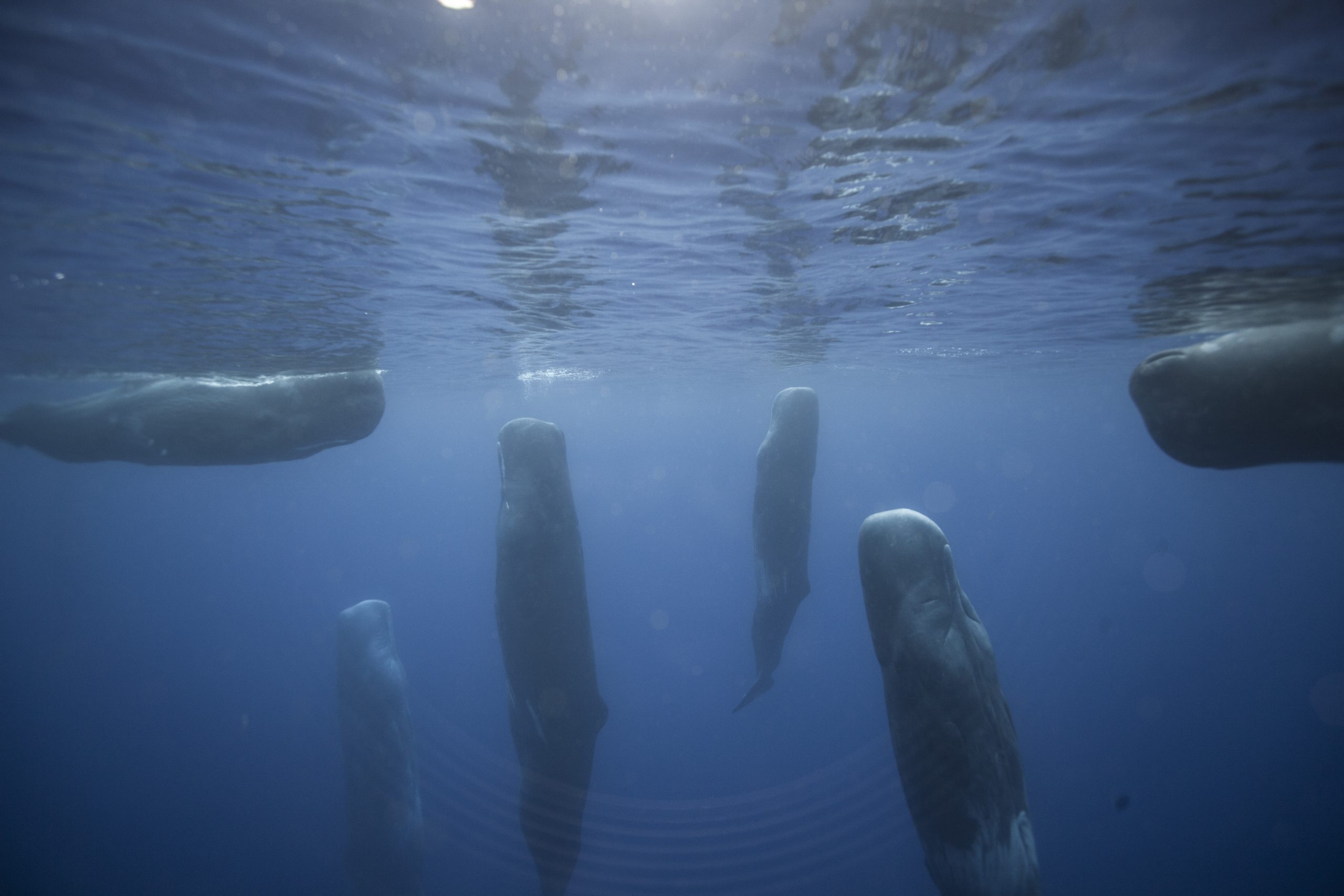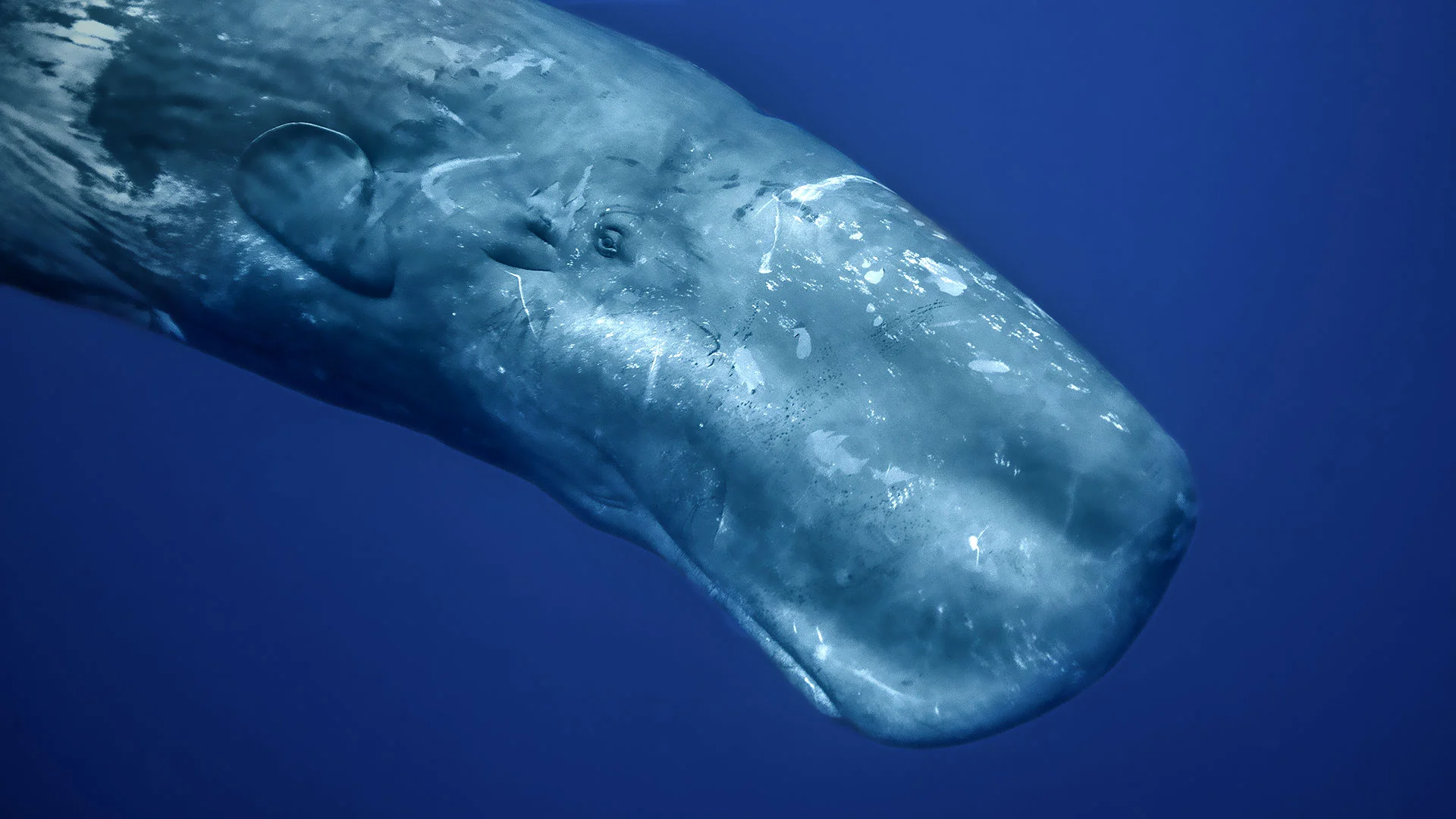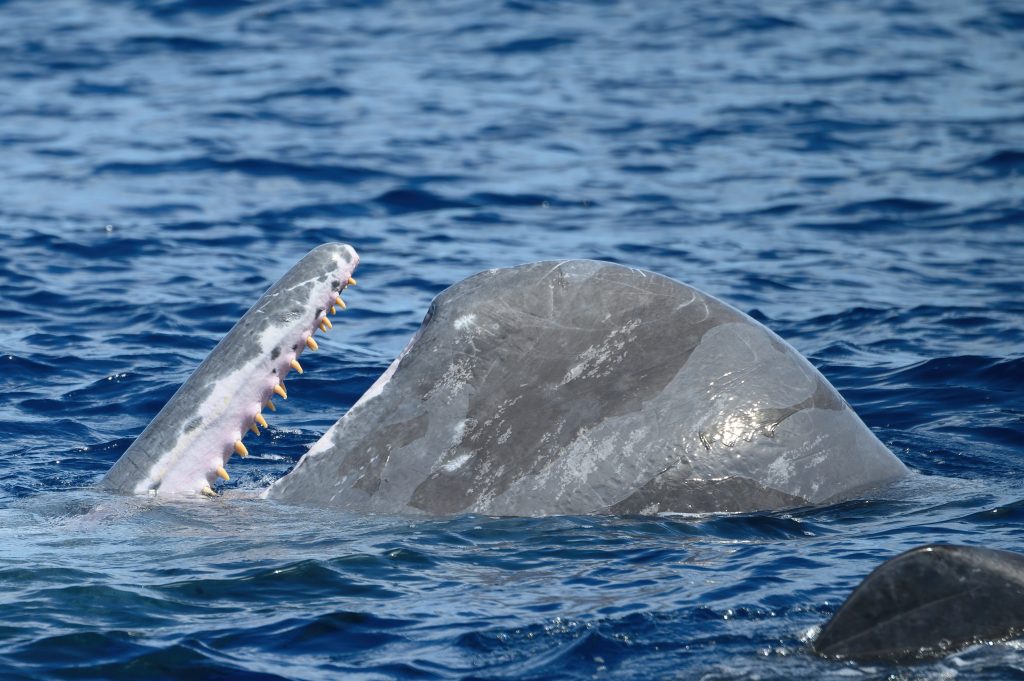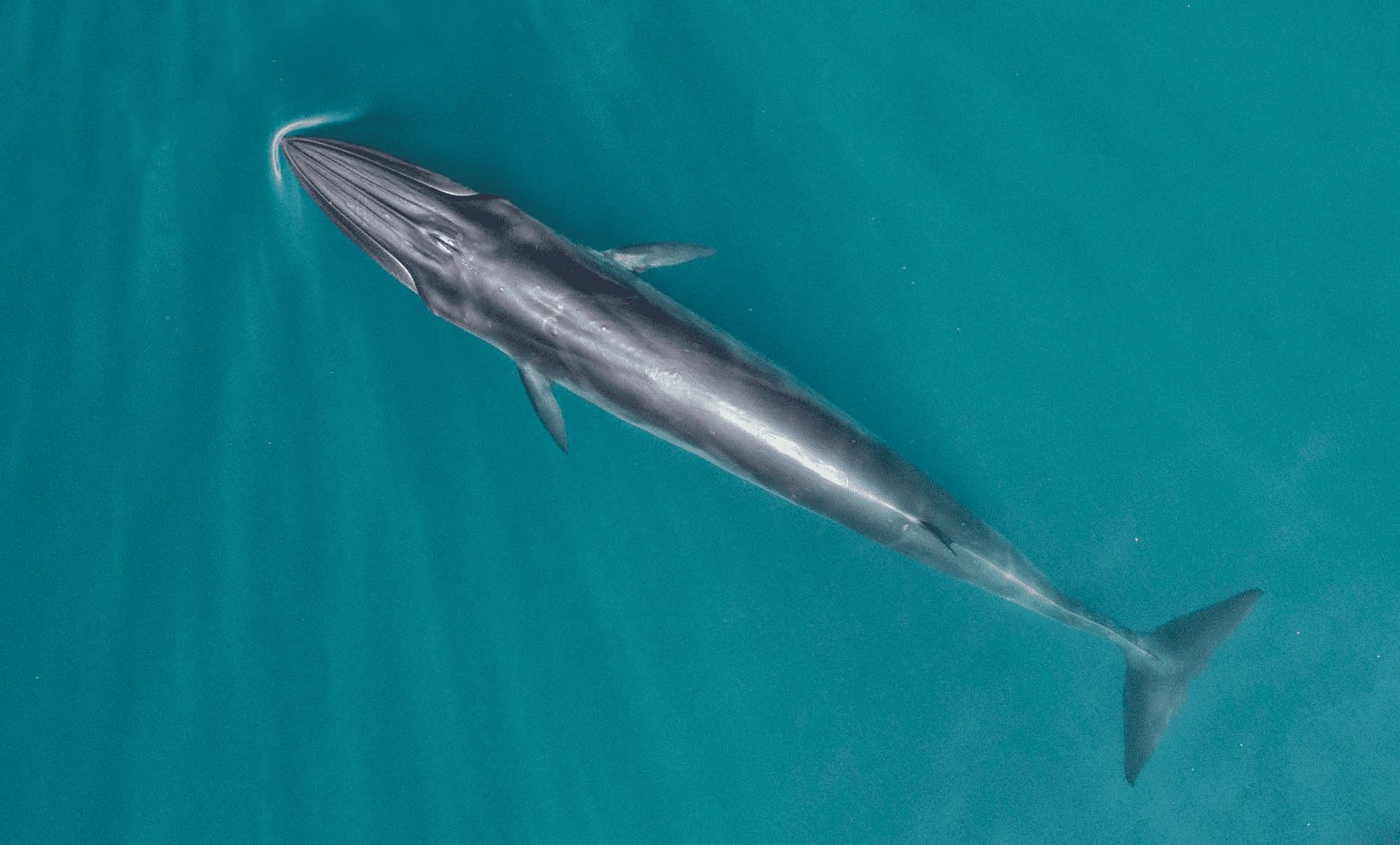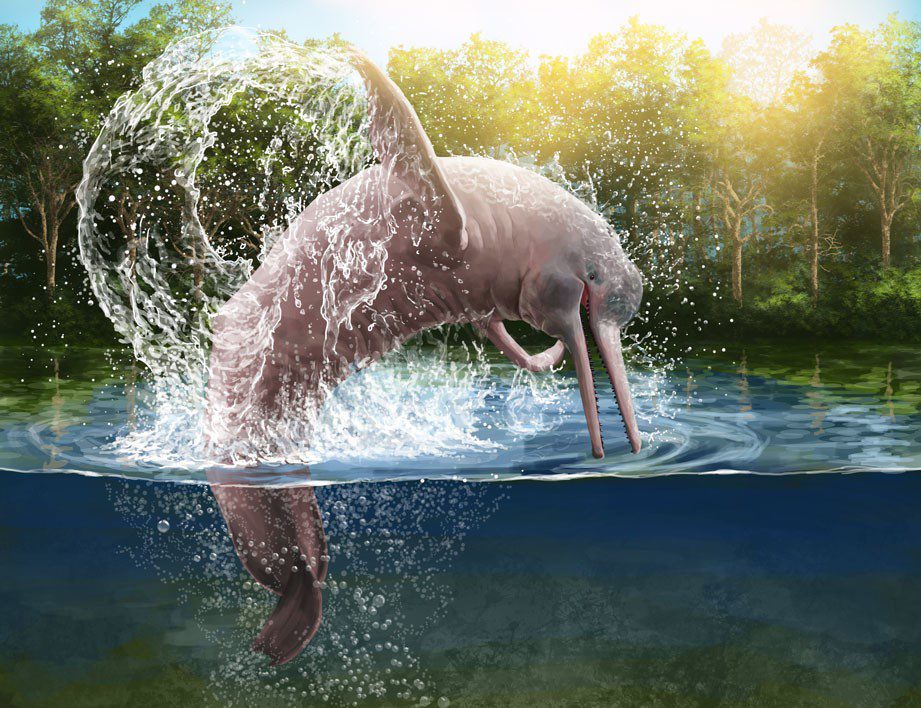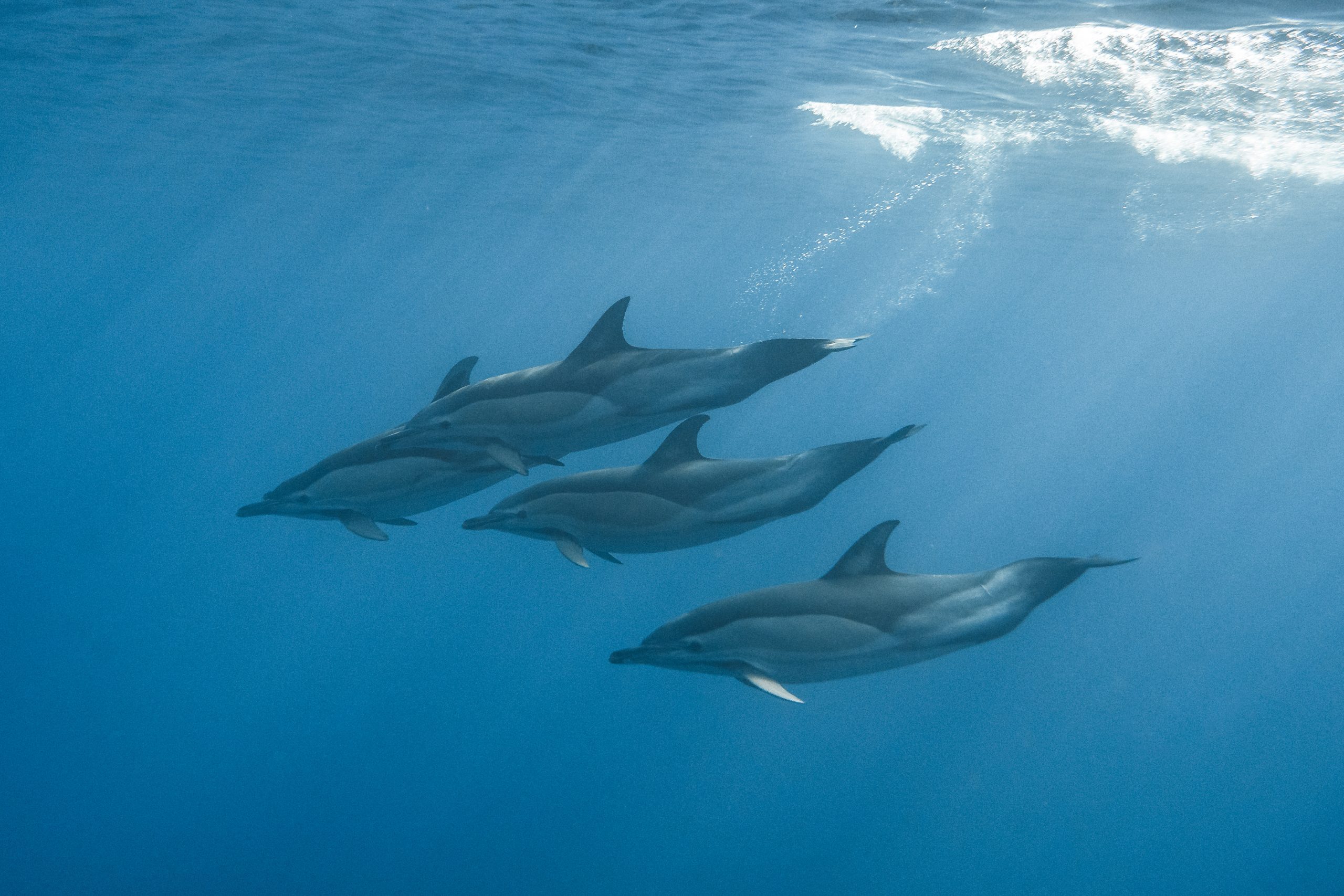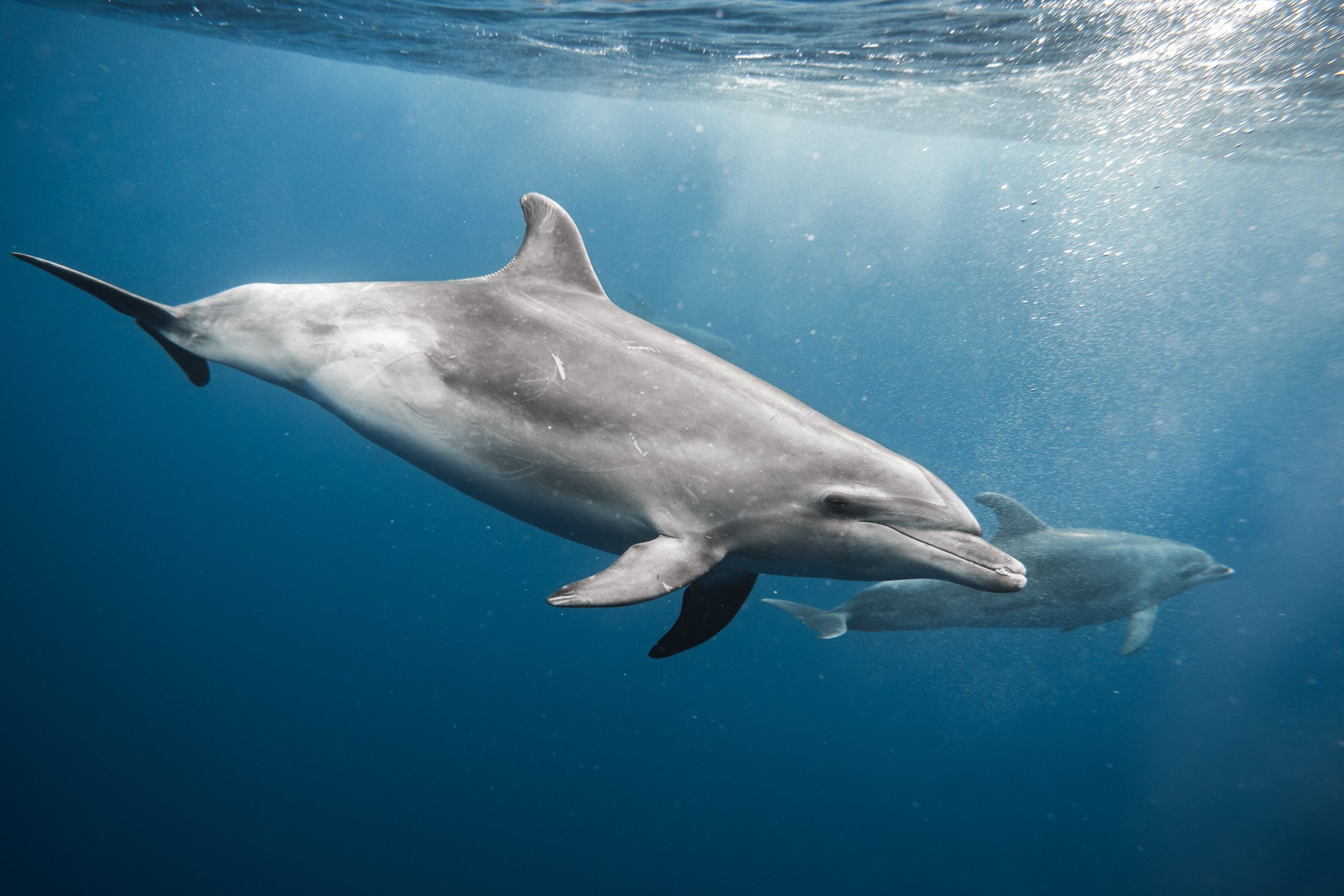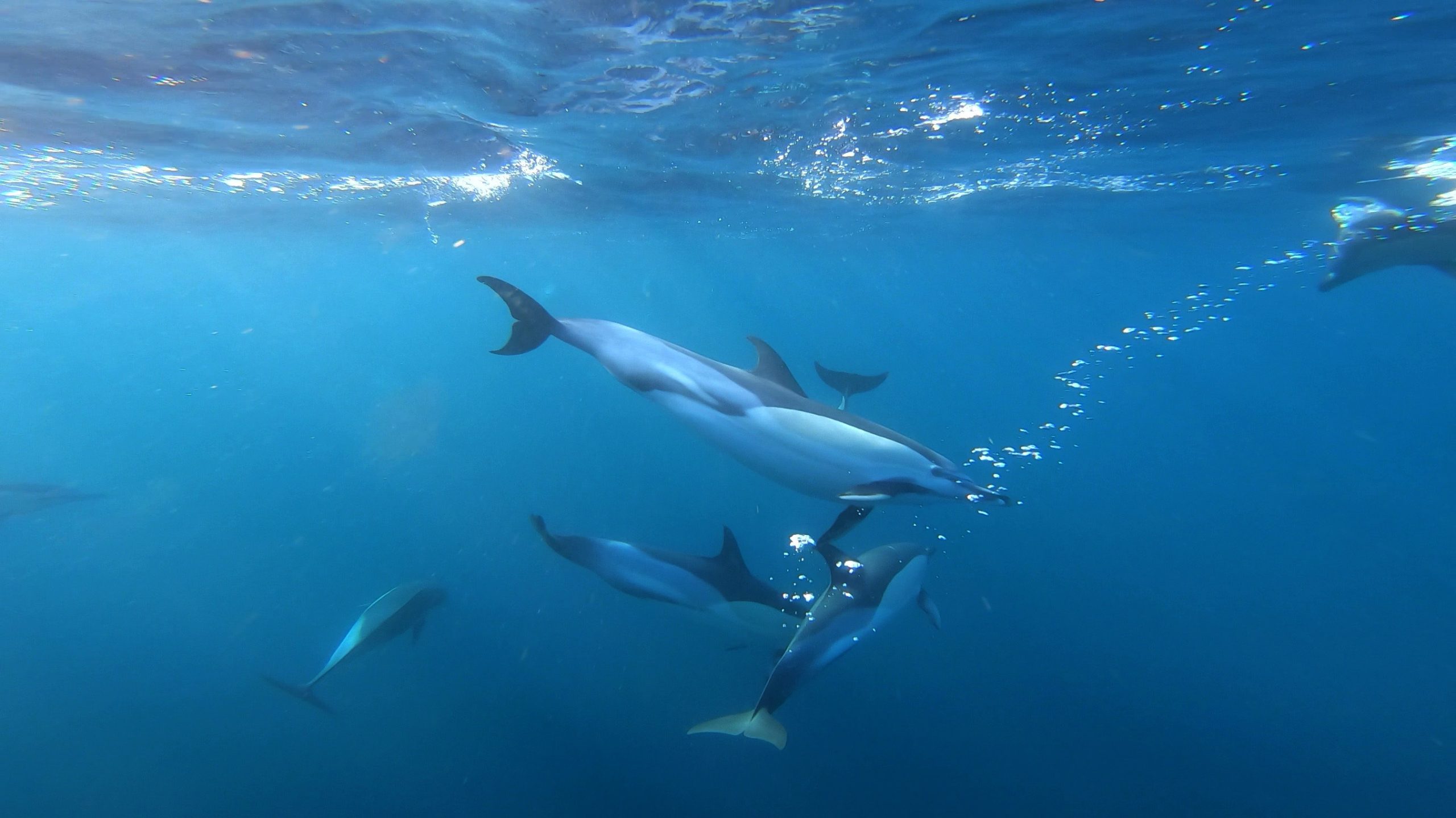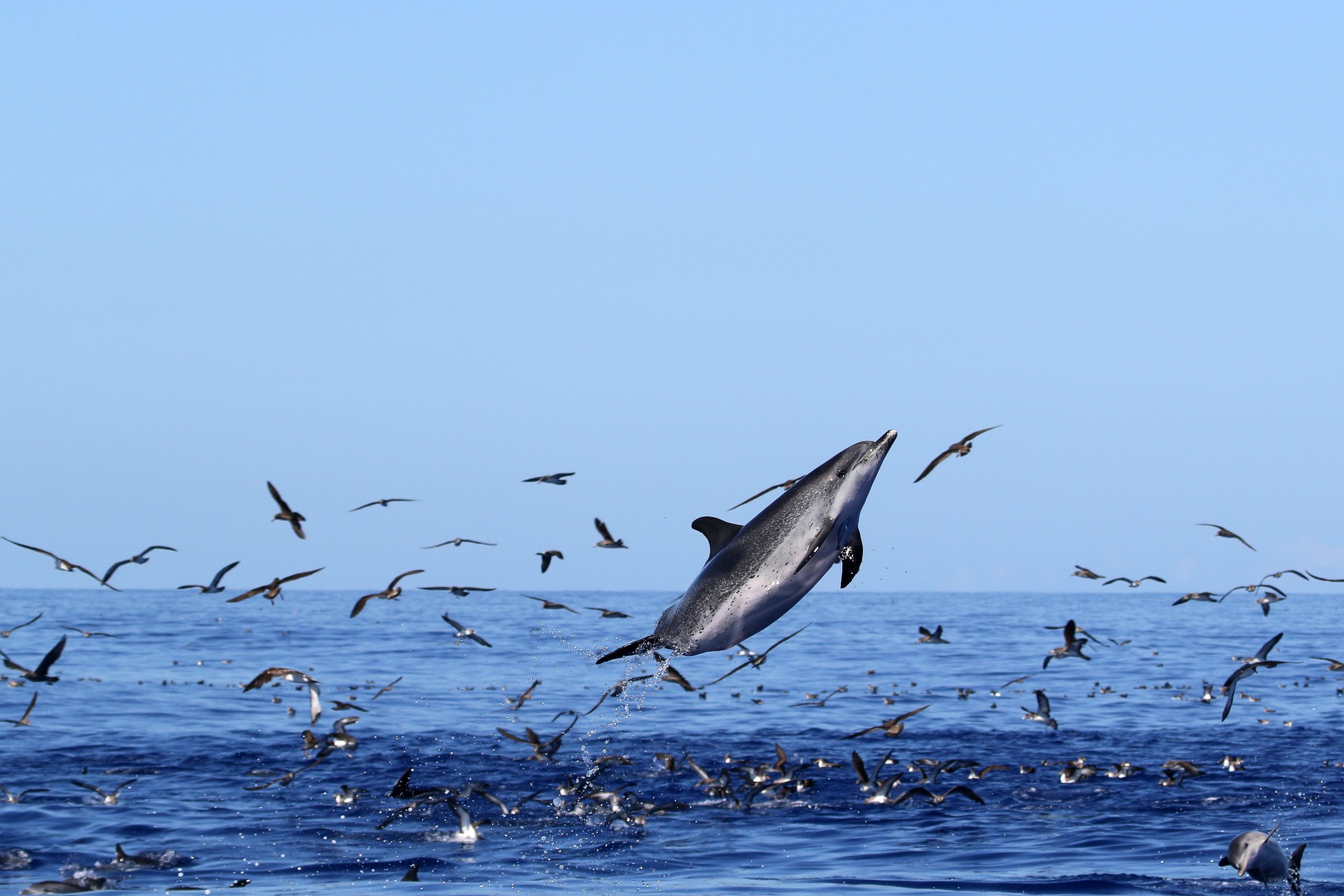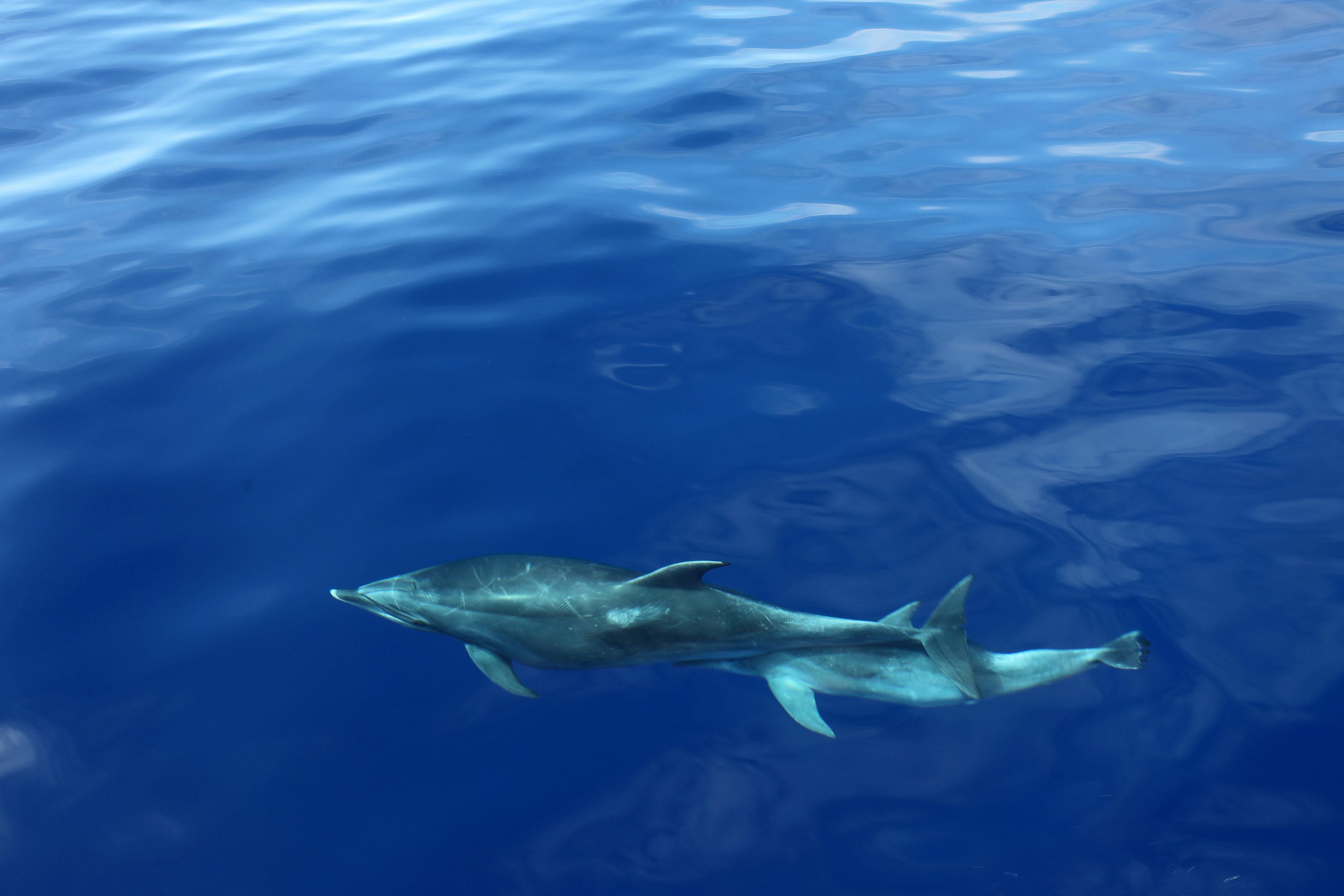Do you know how do dolphins mate to reproduce themselves? Read this article to learn more about those curious creatures and their behavior.
How Does Reproduction in Dolphins Work?
Male and Female… How to distinguish?
Dolphins’ reproductive organs are located inside the body, with genital slits on the ventral (belly) side.
- Males have two slits, one for the penis and one further behind for the anus.
- While Females have one genital slit, housing the vagina and the anus, with a mammary slit on either side.
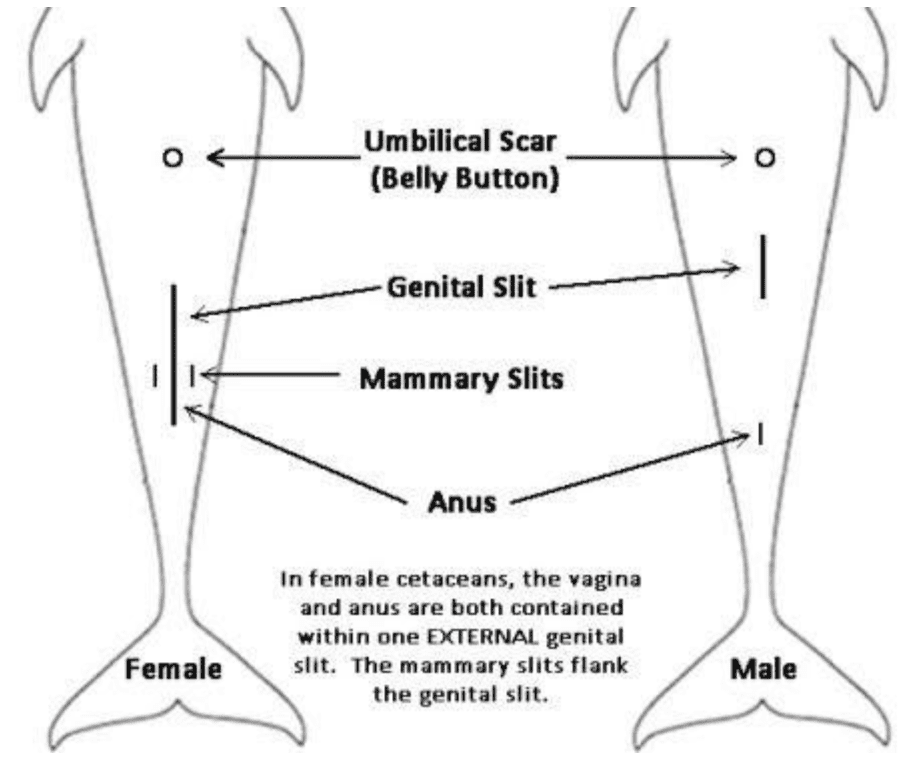
Couples for Life?
Noooo! Dolphins are polygamous, meaning they have more than one mate. Plus, there is no actual mating season for dolphins, which means they can mate throughout the whole year. However, ninety percent of their mating activity is foreplay. On the other hand, intercourse only takes seconds (Wells et al.,1999).

Sexual Maturity
The age of sexual maturity varies by species and gender, but, in general, males become sexually mature between 8 and 14 years of age. Females become sexually mature a little sooner, around 5 to 13 years of age (Orbach, D et al. 2019).
Male dolphins often appear to coerce females into sex.
So, it can be difficult to tell what a female really wants in a mating situation (Scott et al., 2005). Sometimes, on our tours, we can see many males harassing a single female.
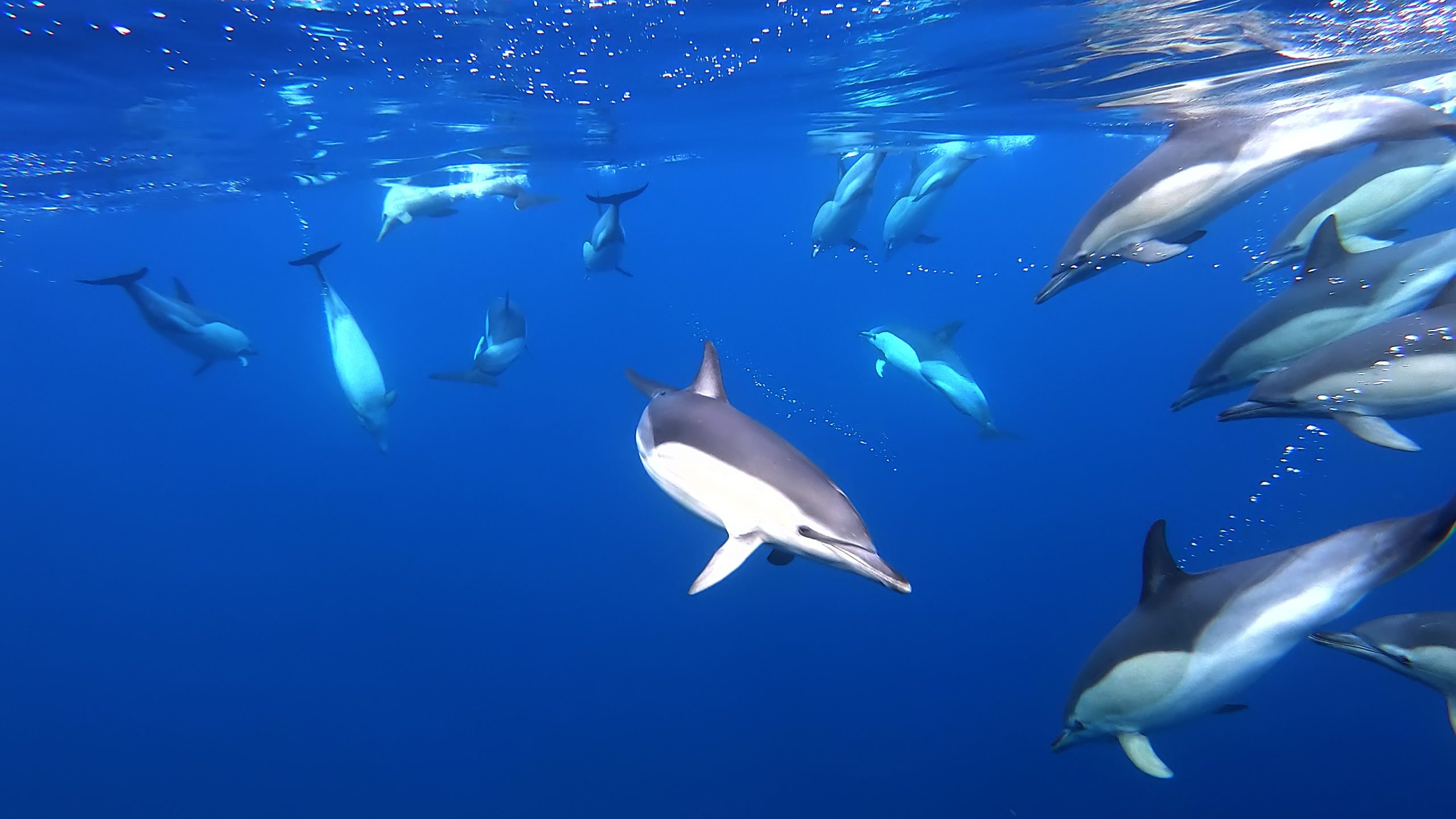
Many Male Dolphins Are Bisexual?
Upon reaching sexual maturity, males form a group of young males where there is a lot of homosexual activity. Some even say they can establish couples for life. For bottlenose dolphins, we can say that they have periods of bisexuality combined with periods of exclusive homosexuality. From the age of 20-25, they become robust mating partners for reproduction. (Byne, 2000).
Engage in Courtship
Typically, males have to catch the attention of females in various ways. So they put on an acrobatic show, fight with other males, and show their strength and dexterity. Some studies also point out that sometimes males arrange “gifts” for females.
And… How do dolphins mate?
Dolphins do not have a breeding season; reproduction occurs at any time of the year. To reproduce, dolphins must contact the belly to fit their genitals.

✨ Related articles: How do Dolphins Mate? | How do Dolphins Sleep? | How do Whales & Dolphins Communicate? | How is a Group of Dolphins called? | Top-3 Facts & Curiosities about Dolphins | What Do Dolphins Eat?
Pregnancy
Duration and Development
Depending on the species, dolphins are pregnant between nine and seventeen months. For instance, orcas’ gestation is around seventeen months. Can you imagine?
Birth
When it comes time to give birth, females tend to band together to help the mother give birth. While in other species, the mother tends to isolate herself to have her offspring in a calmer and more relaxed environment.
Calves are usually born tail first and the umbilical cord breaks during delivery.
Nursing
Dolphins with calves produce milk in their mammary glands. The milk is very high in fat and contains colostrum. Colostrum provides antibodies that help protect the calf against infection during those critical first months of life (Eichelberger, L et al. 1940).
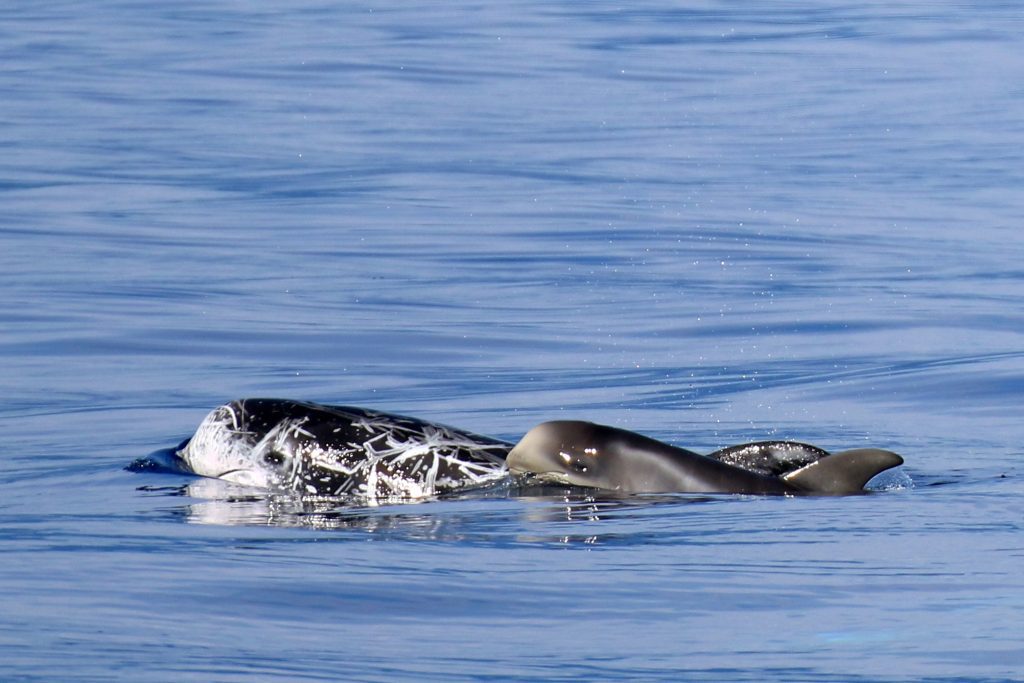
Would you like to know the best times for whale watching?
Take a look at our whale watching calendar and plan your next adventure! Don’t miss the chance to spot these majestic creatures in Azorean waters. 🐋 🌊
What About the Baby Dolphins?
How to Recognize a Newborn
We can get an approximate idea of how old a baby is by looking at the dorsal fin and fluke. Indeed, it is thought that the dorsal fin stiffens within a few hours. The tail flukes seem to take a bit longer. Furthermore, when babies are born, they have lighter-colored bands spanning their midsection. These are called fetal bands and are caused by being scrunched up in the mother’s womb. These bands will slough off after multiple weeks (Wells 1999).
Behavior and Development
A baby dolphin swims in a position next to its mother called the echelon position. The baby swims in this position to catch mom’s slipstream, allowing the calf to work less complicated to keep up with its mother. They nurse, on average, a minimum of one or two years but have been observed nursing up to four and a half years (Wells 1999).
Babies are entirely dependent on the females for more than 2 years for breastfeeding (depending on the species). Then, the calves stay close to their mothers for around 5/6 years.
Normally, females give birth to just one baby each time every 3/5 years.

Family Structure
Females never leave groups, thus creating families with several generations of females. Males, on the other hand, when they reach sexual maturity, leave the groups and create a group of young males. Only when they reach the age to reproduce, do they join females from other groups so that there is no cross between animals of the same family?
✨ Related articles: Are Dolphins Endangered? | Are Pink Dolphins real? | Do Dolphins Eat Tuna? | Do Dolphins Smell? | Do Whales & Dolphins Lay Eggs?
References
- Byne, W. (2000). Biological Exuberance: Animal Homosexuality and Natural Diversity. JAMA: The Journal of the American Medical Association, 283(16), 2170–2170.
- Orbach, Dara & Rattan, Shruti & Hogan, M. & Crosby, Alfred & Brennan, Patricia. (2019). Biomechanical Properties of Female Dolphin Reproductive Tissue. Acta Biomaterialia. 86.
- Scott, Erin & Mann, Janet & Watson-Capps, Jana & Sargeant, Brooke & Connor, Richard. (2005). Aggression in bottlenose dolphins: Evidence for sexual coercion, male-male competition, and female tolerance through analysis of tooth-rake marks and behaviour. Behaviour. 142. 21-44.
- Wells, R. S., and M. D. Scott. (1999). Bottlenose dolphin Tursiops truncatus (Montagu, 1821). Pages 137 -182 in S. H. Ridgway and R. J. Harrison, eds. Handbook of marine mammals: The second book of dolphins and porpoises. Academic Press, New York Academic Press, New York, NY.

